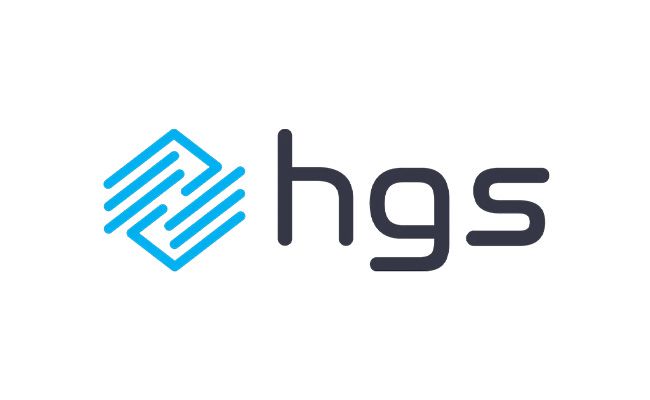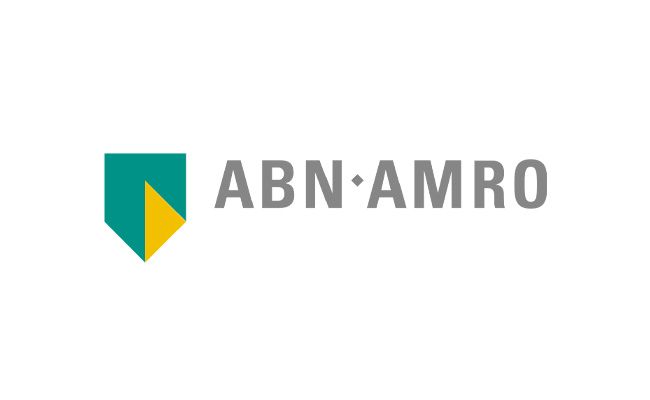HGS Creates a New Chapter of Quality Management from the Ground Up with NiCE Quality Central

Case Study: Stone Co. (“Stone”)

Less is more as Brazilian Fintech company adopts new analytics and QA Platform
With Nexidia and Quality Central, Stone began capturing and analyzing significant volumes of agent interactions, generating accurate metrics and results tracking.View storyCUSTOMER PROFILE
ABOUT
Stone Co. (“Stone”) is a leading provider of financial technology solutions, specialized in payment processing and services. The company offers e-commerce and point-of-sale products for in-store, online, mobile, and omnichannel transactions. Founded in 2012, Stone developed an active client base of 360,0 00 organizations by 2019. The company employs over 5,000 people (approximately 400 agents), with offices in São Paulo and Rio de Janeiro, Brazil. Stone’s contact center, located in Rio de Janeiro, provides 24/7 service to clients of all sizes and types.
INDUSTRY
Financial Technology
WEBSITE
LOCATION
Rio de Janeiro, Brazil
BUSINESS NEED
- Optimized performance
- Customer satisfaction
- Reduced AHT
- Decreased interactions
NiCE SOLUTIONS
- Nexidia Analytics
- Quality Central
THE IMPACT
- Eliminated errors in customer onboarding, reducing contacts
- Reduced average handle time
- Reduced non-talk time
- Improved customer satisfaction
THE CHALLENGE
Stone sees its primary mission as empowering businesses to cond uct commerce seamlessly across multiple channels and grow over time, while providing the best possible customer experience. Treating this approach as one of its key differentiators, the company develops and integrates advanced financial technology, innovative solutions, and high-quality customer support.In order to increase customer satisfaction, Stone placed a premium on understanding directly from clients where there were opportunities for improved service or technology. However, the company’s attempt to gather “voice of the customer” intelligence was limited to surveys sent out after every contact. With this feedback alone, Stone created a Customer Satisfaction Score.The information collected revealed some problems, but was insufficient for analyzing the company’s greatest challenges, such as decreasing non-talk time per call, reducing average handle time, and shrinking the volume of unnecessary contacts. In addition, due to the lack of data and highly manual processes, quality assurance was relatively ineffective in meeting call center goals.
ON THE NiCE SOLUTION
After just three months of use, Stone noted improved contact center performance and, as a correlation, more satisfied customers.
THE SOLUTION
After searching for a tool that would provide comprehensive and actionable interaction analysis, Stone adopted Nexidia Analytics. The omnichannel solution provides the company the ability to capture every interaction, with both structured and unstructured data. This makes it possible for Nexidia’s AI Sentiment Analytics to be applied to both speech- and text-based communications.The solution therefore provides Stone with valuable and consistent insights from deepdive analytics, including root causes, trends, and churn risks. It does so rapidly and with easy-to-use interactivity, as well as centralized administration. Stone customer experience leadership can obtain detailed customizable reports and get instant answers to sophisticated queries, at any time, with the most up-to-date information.To further capitalize on the capabilities of Nexidia Analytics, Stone decided to deploy Quality Central as well. This allowed them to create a single, holistic method of quality management, making it possible for managers to link interactions and transactions with performance metrics that reflect strategic business objectives.Efficient, Fast Implementation
Stone implemented Quality Central and Nexidia Analytics as a seamlessly integrated solution on a single platform. To do so, the company worked closely with NiCE’s local partner, A5 Solutions, a Brazilian leader in integrating communication solutions in complex environments.The deployment timeline was relatively aggressive. Representatives of the company and A5 Solutions held several meetings to construct an implementation timeline and solution customization that fit into Stone’s overall business plan and service strategy. As part of the preparation for deployment, A5 Solutions took responsibility for training activities among Stone employees. In addition, Stone ran its own internal projects to disseminate knowledge about the solution and its capabilities. Stone’s ultimate goal in deploying Nexidia and Quality Central was to improve customer experience.Fewer Contacts, Better Service
With Nexidia and Quality Central, Stone began capturing and analyzing significant volumes of agent interactions, generating accurate metrics and results tracking. Quality teams and supervisors were able to devote more time to increasingly effective coaching, sharing best practices, and the like. Trends were brought to the forefront, with team performance tracked and measured against key metrics.After just three months of use, Stone noted improved contact center performance and, as a correlation, more satisfied customers. The most notable improvements included:- A reduction in errors during customer onboarding, which cut down on contacts.
- A reduction in average handling time (AHT).
- A reduction in non-talk time.
- Improve the customer satisfaction and experience.


